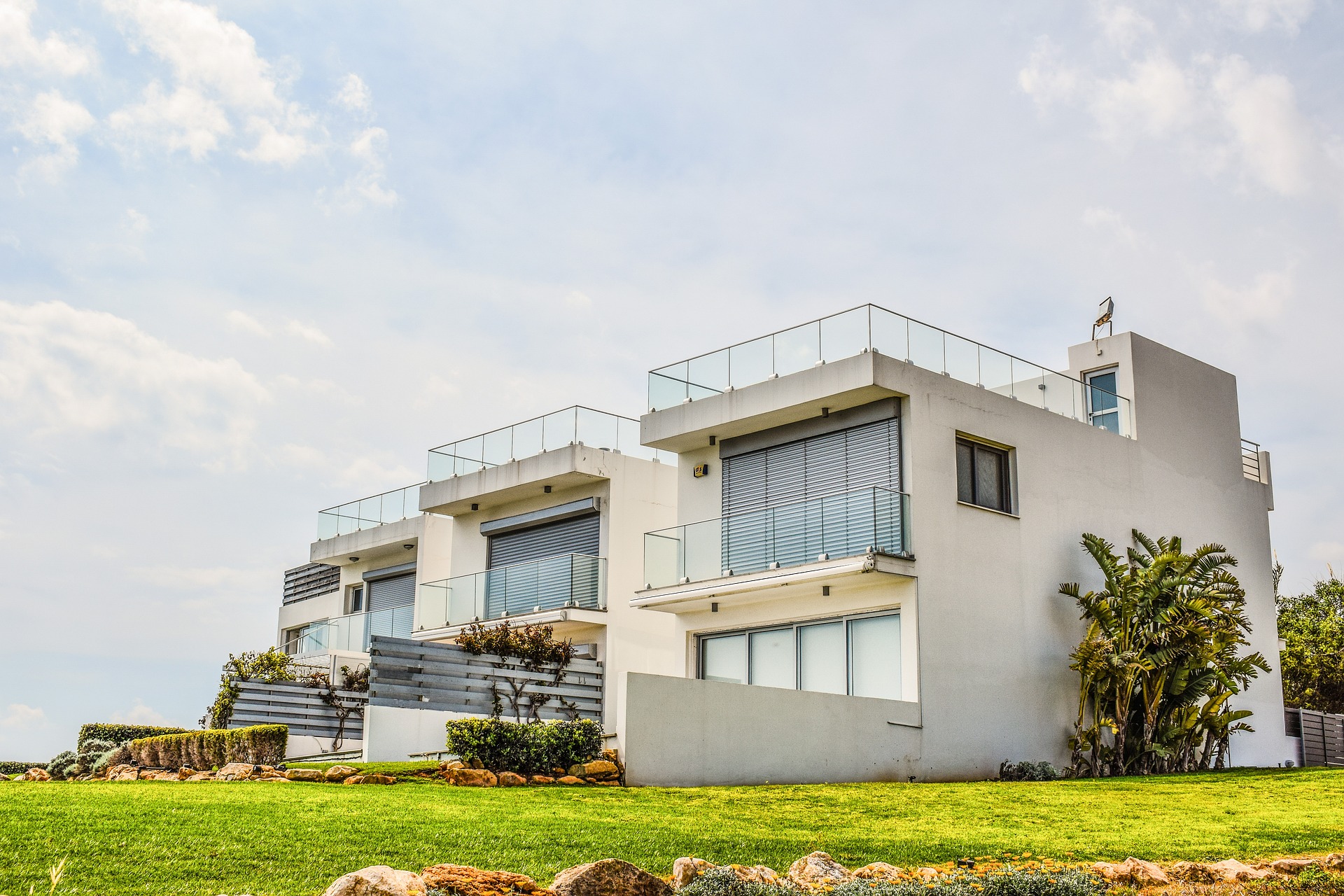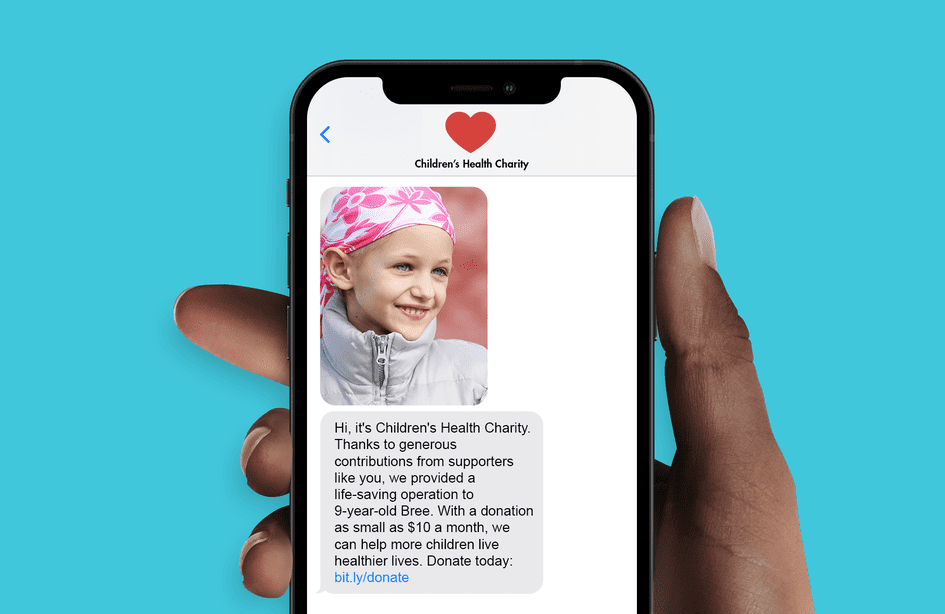Sudden cardiac arrest (SCA) is one of the leading causes of death worldwide, and having a reliable Automated External Defibrillator (AED) can significantly improve the chances of survival. Philips, a global leader in health technology, has developed a range of AEDs that are designed to be user-friendly, effective, and accessible in any emergency situation. Whether for schools, businesses, public spaces, or homes, Philips AEDs offer the peace of mind that comes from knowing you’re prepared to act when every second counts.
In this comprehensive guide, we will explore the features, benefits, and applications of Philips AEDs, highlighting why they are a top choice for life-saving interventions.
Why Choose Philips AEDs?
1. Proven Reliability
- Philips AEDs are known for their high reliability and performance. With years of research and development, Philips has engineered these devices to be dependable, ensuring they work when needed most. Their AEDs undergo rigorous testing to meet stringent quality standards, providing you with a device that is ready for any emergency.
2. Easy to Use for Everyone
- Philips AEDs are designed to be simple and intuitive, making them accessible to anyone, regardless of medical training. With clear voice prompts, visual cues, and step-by-step instructions, even a bystander with no prior experience can confidently use a Philips AED during a cardiac emergency. This ease of use is critical in high-stress situations where every moment is crucial.
3. SMART Analysis Technology
- Philips AEDs are equipped with SMART Analysis technology, which accurately assesses the patient’s heart rhythm and determines whether a shock is necessary. This advanced feature ensures that a shock is only delivered when it’s needed, reducing the risk of harm and increasing the chances of a successful resuscitation.
4. Quick Shock Delivery
- Time is of the essence in cardiac emergencies, and Philips AEDs are designed to deliver a shock quickly. The devices can analyze the patient’s heart rhythm and deliver a shock within seconds, maximizing the chances of survival. This rapid response capability is one of the reasons why Philips AEDs are trusted by emergency responders and medical professionals worldwide.
5. Versatile Applications
- Philips AEDs are versatile, making them suitable for various environments, including schools, offices, sports facilities, airports, and homes. They are available in different models tailored to specific needs, from the basic HeartStart OnSite AED to more advanced models like the HeartStart FRx and HeartStart FR3, which offer additional features for professional use.
Key Features of Philips AEDs
1. Real-Time Guidance
- Philips AEDs provide real-time guidance throughout the resuscitation process. The devices give clear, calm voice instructions that guide the user through each step, from placing the electrode pads to delivering a shock and performing CPR. This real-time guidance helps ensure that the correct actions are taken, increasing the likelihood of a positive outcome.
2. Pediatric Capability
- Many Philips AEDs come with pediatric settings or compatible pads, allowing for safe use on children. This feature is essential in schools, daycare centers, and family-oriented public spaces where the likelihood of a pediatric emergency may be higher. The AED automatically adjusts the shock energy to a lower, child-appropriate level, ensuring safe and effective treatment.
3. Rugged and Durable Design
- Philips AEDs are built to withstand tough environments. They are designed to be durable, with models like the HeartStart FRx and FR3 featuring rugged, water-resistant cases that can handle extreme conditions. This makes Philips AEDs ideal for outdoor settings, industrial sites, and other challenging environments where durability is crucial.
4. Automated Self-Testing
- Philips AEDs perform daily, weekly, and monthly self-tests to ensure that the device is always ready for use. These self-tests check the battery, internal circuitry, and electrode pads, alerting you if maintenance is required. This automated testing process reduces the burden on the user, ensuring that the AED is in optimal condition at all times.
5. Lightweight and Portable
- Philips AEDs are designed to be lightweight and portable, making them easy to transport to the scene of an emergency. Their compact design allows them to be stored conveniently in various locations, from wall-mounted cabinets in public spaces to carrying cases for mobile use. The portability of Philips AEDs ensures they can be quickly deployed in any situation.
Philips AED Models
1. Philips HeartStart OnSite AED
- The HeartStart OnSite AED is one of Philips’ most popular models, known for its simplicity and effectiveness. It is designed for use by the general public, with pre-connected pads and clear instructions that guide the user through the entire process. The OnSite AED is ideal for schools, offices, and public places where quick, effective response is essential.
2. Philips HeartStart FRx AED
- The HeartStart FRx AED is designed for more rugged environments, offering additional durability and features for professional rescuers. It includes a pediatric key that allows for quick switching to a child-appropriate setting without changing pads. The FRx AED is perfect for use in sports facilities, outdoor activities, and emergency vehicles.
3. Philips HeartStart FR3 AED
- The HeartStart FR3 AED is Philips’ most advanced model, offering professional-grade features for first responders and healthcare providers. It includes a high-resolution color screen, real-time CPR feedback, and rapid shock delivery. The FR3 AED is ideal for use in hospitals, emergency medical services, and high-risk industrial settings.
Applications of Philips AEDs
1. Schools and Universities
- Philips AEDs are widely used in educational institutions to protect students, staff, and visitors. With their user-friendly design and pediatric capability, these AEDs are ideal for school environments where both adults and children may need emergency care. Having an AED on campus is a crucial component of a comprehensive safety plan.
2. Corporate Offices
- Many businesses have recognized the importance of having an AED on-site to protect employees and visitors. Philips AEDs are compact and easy to use, making them a practical choice for corporate offices. They provide peace of mind by ensuring that life-saving equipment is readily available in case of an emergency.
3. Public Spaces
- Airports, shopping malls, sports arenas, and other public spaces are high-traffic areas where cardiac emergencies can occur. Philips AEDs are commonly installed in these locations due to their reliability and ease of use. Their intuitive design ensures that bystanders can quickly respond to an emergency, potentially saving lives in public settings.
4. Homes
- With the increasing awareness of cardiac health, more people are choosing to keep an AED at home, especially those with a history of heart disease or other risk factors. Philips AEDs are ideal for home use due to their compact size and straightforward operation. Having an AED at home provides an extra layer of protection for you and your loved ones.
5. Emergency Services
- Philips AEDs are a trusted choice for emergency medical services (EMS) and first responders. The advanced features of models like the HeartStart FR3 make them suitable for professional use in high-pressure situations. EMS teams rely on Philips AEDs for their durability, quick response time, and real-time feedback during resuscitation efforts.
Conclusion
Philips AEDs are an essential part of any emergency preparedness plan. Their proven reliability, ease of use, and advanced features make them a top choice for protecting lives in schools, businesses, public spaces, and homes. Whether you are a first responder, a business owner, or simply someone who wants to be prepared, a Philips AED provides the confidence and capability to act quickly in a cardiac emergency. Investing in a Philips AED is an investment in safety, readiness, and peace of mind.
Ensure your environment is equipped with the best in life-saving technology—choose a Philips AED today.




